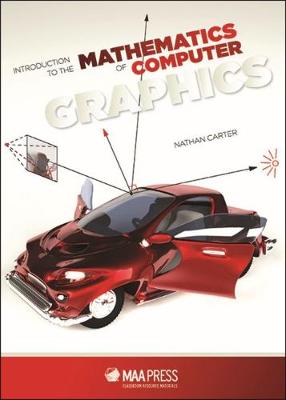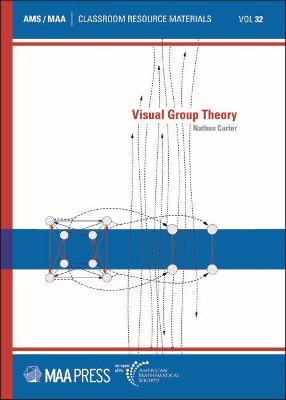Classroom Resource Materials
3 total works
This text, by an award-winning author, was designed to accompany his first-year seminar in the mathematics of computer graphics. Readers learn the mathematics behind the computational aspects of space, shape, transformation, color, rendering, animation, and modeling. The software required is freely available on the Internet for Mac, Windows, and Linux. The text answers questions such as these: How do artists build up realistic shapes from geometric primitives? What computations is my computer doing when it generates a realistic image of my 3D scene? What mathematical tools can I use to animate an object through space? Why do movies always look more realistic than video games? Containing the mathematics and computing needed for making their own 3D computer-generated images and animations, the text, and the course it supports, culminates in a project in which students create a short animated movie using free software. Algebra and trigonometry are prerequisites; calculus is not, though it helps. Programming is not required. Includes optional advanced exercises for students with strong backgrounds in math or computer science. Instructors interested in exposing their liberal arts students to the beautiful mathematics behind computer graphics will find a rich resource in this text.
Recipient of the Mathematical Association of America's Beckenbach Book Prize in 2012!
Group theory is the branch of mathematics that studies symmetry, found in crystals, art, architecture, music and many other contexts, but its beauty is lost on students when it is taught in a technical style that is difficult to understand. Visual Group Theory assumes only a high school mathematics background and covers a typical undergraduate course in group theory from a thoroughly visual perspective. The more than 300 illustrations in Visual Group Theory bring groups, subgroups, homomorphisms, products, and quotients into clear view. Every topic and theorem is accompanied with a visual demonstration of its meaning and import, from the basics of groups and subgroups through advanced structural concepts such as semidirect products and Sylow theory.
Group theory is the branch of mathematics that studies symmetry, found in crystals, art, architecture, music and many other contexts, but its beauty is lost on students when it is taught in a technical style that is difficult to understand. Visual Group Theory assumes only a high school mathematics background and covers a typical undergraduate course in group theory from a thoroughly visual perspective. The more than 300 illustrations in Visual Group Theory bring groups, subgroups, homomorphisms, products, and quotients into clear view. Every topic and theorem is accompanied with a visual demonstration of its meaning and import, from the basics of groups and subgroups through advanced structural concepts such as semidirect products and Sylow theory.


